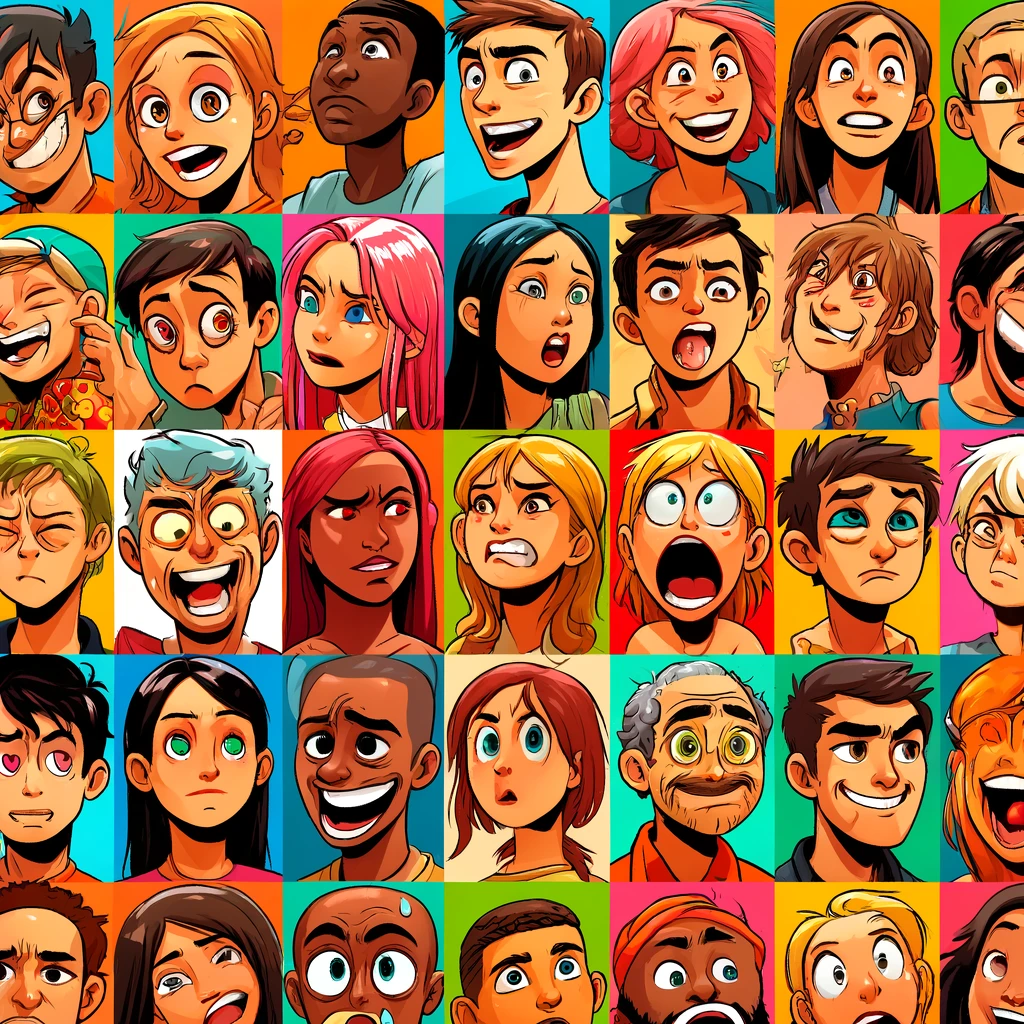In our daily interactions, facial expressions play a crucial role in conveying emotions and intentions. Among these, microexpressions are particularly fascinating. They are brief, involuntary facial expressions that reveal true emotions, often hidden beneath the surface. Understanding microexpressions and their role in facial emotion recognition can provide significant insights into human behavior, making it a valuable tool in various fields such as psychology, security, and even marketing.
What are Microexpressions?
Microexpressions are fleeting facial expressions that occur when a person experiences an emotion but tries to conceal it. These expressions last only a fraction of a second, typically between 1/25th to 1/5th of a second. Unlike regular facial expressions, which can be consciously controlled, microexpressions are automatic responses that reveal genuine emotions, even when a person attempts to mask them.
The Science Behind Microexpressions
The concept of microexpressions was extensively researched and popularized by psychologist Paul Ekman in the 1960s. Ekman’s studies demonstrated that these expressions are universal across different cultures, linked to basic emotions such as happiness, sadness, anger, fear, surprise, disgust, and contempt. This universality underscores their importance in understanding human emotions.
The Connection to Facial Emotion Recognition
Facial emotion recognition involves identifying and interpreting emotions based on facial expressions. Microexpressions are a critical component of this process, providing key insights into a person’s true feelings. Here’s how they are related:
- Revealing True Emotions: Microexpressions provide a window into a person’s genuine emotional state. Because they are involuntary, they can indicate emotions that someone might be trying to hide.
- Enhancing Accuracy: Detecting microexpressions enhances the accuracy of facial emotion recognition. Since these expressions are difficult to fake, they serve as reliable indicators of true emotions.
- Applications in Various Fields: Recognizing microexpressions is valuable in many areas:
- Psychology and Therapy: Understanding patients’ true emotions helps in diagnosis and treatment.
- Security and Law Enforcement: Detecting deceit or potential threats during interrogations and screenings.
- Marketing and Consumer Research: Gauging genuine customer reactions to products and advertisements.
- Human-Computer Interaction: Making technology more responsive to users’ emotional states.
Training and Tools for Detecting Microexpressions
Training individuals to recognize microexpressions can significantly improve their ability to interpret facial emotions accurately. There are various training programs and tools available that use video clips, images, and interactive exercises to help individuals identify these subtle expressions. With practice, people can become proficient at spotting microexpressions and understanding the emotions behind them.
Technological Advancements
Advancements in technology have led to the development of sophisticated facial emotion recognition systems. These systems use artificial intelligence and machine learning algorithms to detect and analyze microexpressions. By processing vast amounts of data, these technologies can identify patterns and provide insights into genuine emotional states. This technological approach is increasingly being used in security, marketing, and even customer service to better understand and respond to human emotions.
Conclusion
Microexpressions are a powerful tool in the realm of facial emotion recognition. Their ability to reveal true emotions, despite attempts to conceal them, makes them invaluable in various professional fields. By training to recognize these fleeting expressions and utilizing advanced technology, we can gain deeper insights into human behavior, enhancing our interactions and improving outcomes in multiple domains.
Understanding and recognizing microexpressions can transform the way we interpret emotions, making us more empathetic and effective in our personal and professional lives. As research and technology continue to evolve, the potential applications of microexpressions and facial emotion recognition are bound to expand, offering new ways to connect with and understand the people around us.




